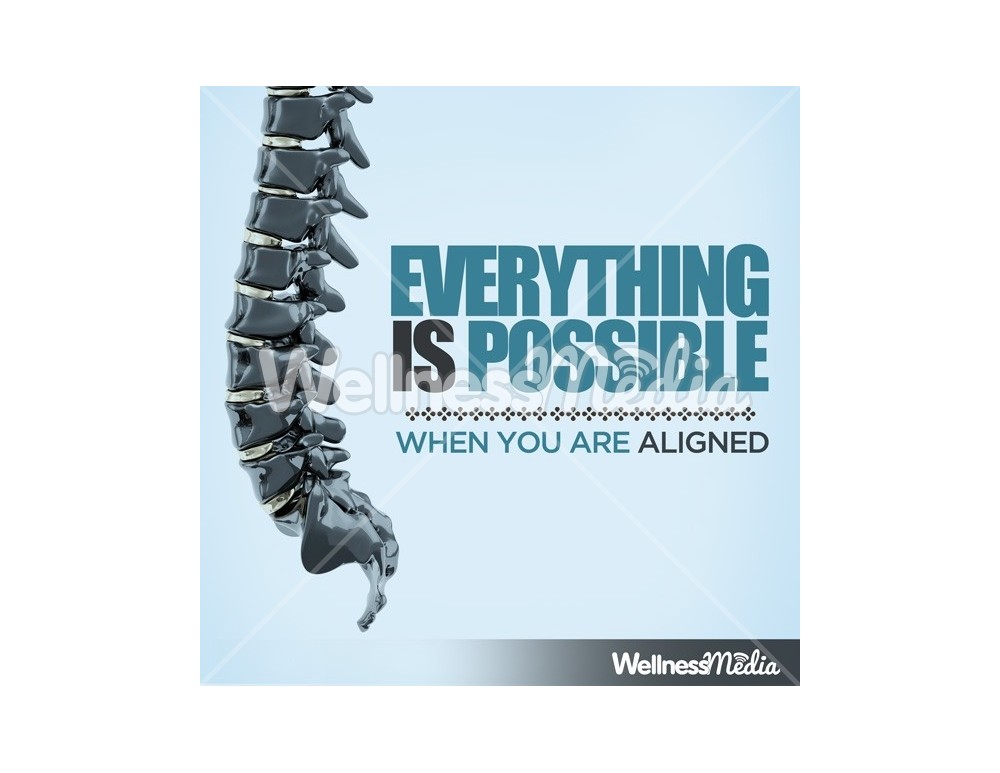Back Pain As A Sign Of Health: Common Conditions And Their Signs And Symptoms Explained
Back Pain As A Sign Of Health: Common Conditions And Their Signs And Symptoms Explained
Blog Article
Produced By-Tyler Jensen
If you're experiencing back pain, your body may be attempting to inform you something greater than just discomfort. The way your back really feels can supply beneficial clues about your total well-being. Comprehending the certain type of pain you're feeling and any type of accompanying symptoms is essential to unraveling the enigma behind your pain. Allow's discover the typical conditions and signs and symptoms connected with different types of neck and back pain to clarify what your body might be signaling.
Kinds Of Neck And Back Pain
When it involves back pain, there are various types that you might experience. One usual type is muscle discomfort, often caused by overuse, stress, or injury to the muscular tissues and tendons sustaining the spinal column. This type of discomfort can range from moderate pain to serious and devastating pain.
back pain relief is nerve pain, which can result from problems like herniated discs or sciatic nerve pain. Nerve pain commonly presents as a sharp, shooting experience that emits down the leg.
Joint discomfort in the back can stem from concerns like joint inflammation or sacroiliac joint disorder. This type of discomfort is typically felt in the reduced back and can be exacerbated by specific motions.
In addition, pain in the back can be related to architectural troubles such as spinal constriction or vertebral fractures. Comprehending the type of pain in the back you're experiencing is critical in identifying the proper therapy and management methods.
Common Effects to Watch For
Moving past the different types of neck and back pain, it is necessary to recognize the common signs and symptoms that can signal underlying problems.
Consistent neck and back pain that gets worse with motion or at night can suggest a more significant issue. Tingling or tingling in the legs or feet, particularly when accompanied by weak point, may point to a nerve-related problem. If you experience sudden fat burning in addition to pain in the back, maybe a sign of a more systemic problem.
Take note of any type of changes in bladder or bowel feature, as this could be linked to spine compression. Fever, chills, or night sweats combined with back pain might indicate an infection. Watch out for pain that radiates down one or both legs, possibly a measure of sciatica.
Health Conditions Linked to Back Pain
If you experience neck and back pain, it's essential to recognize the potential health and wellness problems connected to this pain. Neck and back pain can be a sign of various underlying problems, consisting of muscle mass pressures, herniated discs, osteoarthritis, spinal stenosis, and also problems like kidney stones or infections.
Muscle pressures are common and frequently arise from raising heavy objects or sudden activities.
Herniated discs occur when the soft cells between vertebrae protrudes, triggering nerve irritation.
Osteoarthritis, a degenerative joint illness, can bring about pain in the back as cartilage material wears down.
Spinal constriction, the constricting of the spine canal, can put pressure on nerves.
Kidney stones may trigger extreme neck and back pain if they relocate into the urinary tract.
Infections like spine osteomyelitis can also materialize as pain in the back. Comprehending these prospective health problems can aid you seek ideal medical care and administration for your pain in the back.
informative post , following time your back harms, pay attention to the kind of discomfort and coming with symptoms. Maybe a signal from your body about underlying health conditions like muscle stress, nerve problems, joint issues, and even architectural issues. By identifying these signs, you can take proactive steps to deal with the root cause of your pain in the back and boost your general wellness and well-being.
